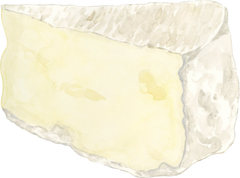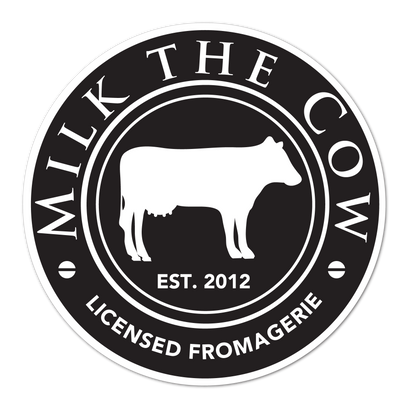Your Cart is Empty
WE ARE HEARTBROKEN TO TELL YOU WE HAVE CLOSED BOTH OUR STORES effective immediately. PLEASE SEE BELOW FOR FURTHER DETAILS.
WE ARE HEARTBROKEN TO TELL YOU WE HAVE CLOSED BOTH OUR STORES effective immediately. PLEASE SEE BELOW FOR FURTHER DETAILS.
shop

How to Store Your Artisan Cheeses at Home.
If you’re anything like us, you always love to have a stash of excellent cheeses at home in case unexpected guests arrive (or you get a hankering for a late night cheeseboard).
Here is our Cheesemongers’ complete guide on how to keep your cheeses as fresh as possible to prolong their shelf life and make sure they’re ripe and ready for eating when you need them.

Buying Your Cheese
Hard cheeses will keep longer than soft and fresh cheeses. If you want cheese that can stay the distance, look for goudas, cheddars or parmesan hybrids.
If you love soft cheeses, buy them in full wheel units in the original packaging. As soon as a wheel of cheese is cut into, the quicker it will start to deteriorate.
Packaged wheels will always come with a date stamp. You’ll notice cheeses have a ‘Best Before’ date rather than a ‘Use By’ date. Some cheeses will last beyond their Best Before if they are properly cared for. (Hot pro tip: the closer a cheese is to its Best Before, the more flavourful it is!)

In Transit
Generally speaking, your cheeses will be okay out of the fridge for a little while on a normal day.
If the weather is particularly hot or if you are not going directly home, consider transporting it in a cooler bag with an ice block - and likewise if you’re taking it on a road trip.
When you get your cheese home, refrigerate it as soon as possible.

Storing Cheese in the Fridge
Ideal temperatures for cheeses are between 1-7 degrees Celsius to maximise freshness, so your fridge is the best spot.
When you buy a cheese from a fromagerie, any cut segments will likely come wrapped in a breathable paper, which is designed to help the airflow and control the amount of moisture around the surface of the cheese. Or it will come in its original packaging if you’ve purchased a wheel. Use care when unwrapping and keep the same paper to wrap it back up in.
You can rewrap your cheese in the paper and then loosely wrap it in plastic wrap over the top of that. It’s important to not leave any corners of the cheese uncovered.
If you find yourself without paper, wrap your cheese loosely in plastic or put it into a plastic Ziploc bag. Blue cheeses should be wrapped in foil to keep them at their freshest.
Change the wrap every 2-3 days to help prevent bacteria growth.
Keep in mind that certain cheeses can influence each other if you keep them in close quarters in your fridge. If you’re keeping your blue next to your brie, the blue mould spores may just jump ship and begin growing on the brie!
It’s best to store different styles of cheeses in separate large tupperware containers.
Remember, not all mould is bad! Cheese by its very nature includes strains of mould, bacteria and enzymes.
Some cheeses will bloom surface mould, and there is a fine line between knowing if its good mould or bad mould! In many cases, you can simply cut the surface mould off and the rest of your cheese will be fine.
If you are unsure, snap a photo and email it to us atinfo@milkthecow.com.au with the date of purchase and cheese name and our cheesemongers will be able to advise further.

Serving Your Cheese
The fridge is still a little cold for most cheeses, so when it’s time to serve your cheeseboard you will want to take the cheese out a little earlier to let it climb more toward room temperature, which releases the gorgeous flavours and aromas of your cheese - and yes, that includes the hard and semi-hard cheeses.
Rest your cheeses covered for about an hour before serving them to make sure they’re at the perfect temperature.
If you’d like to start your very own cheese stash at home, Milk the Cow delivers cheese hampers to most Australian capital cities, including Melbourne, Sydney, Canberra, Brisbane, Hobart and Adelaide.



